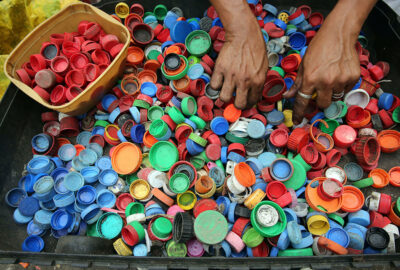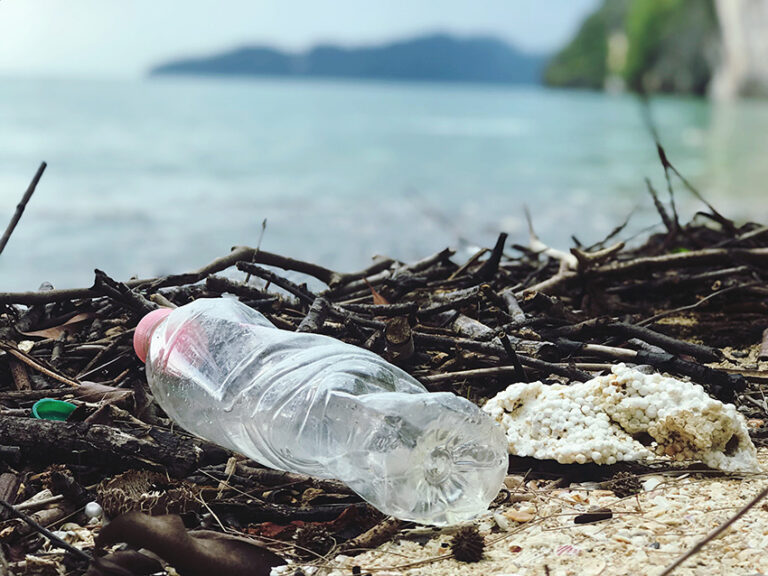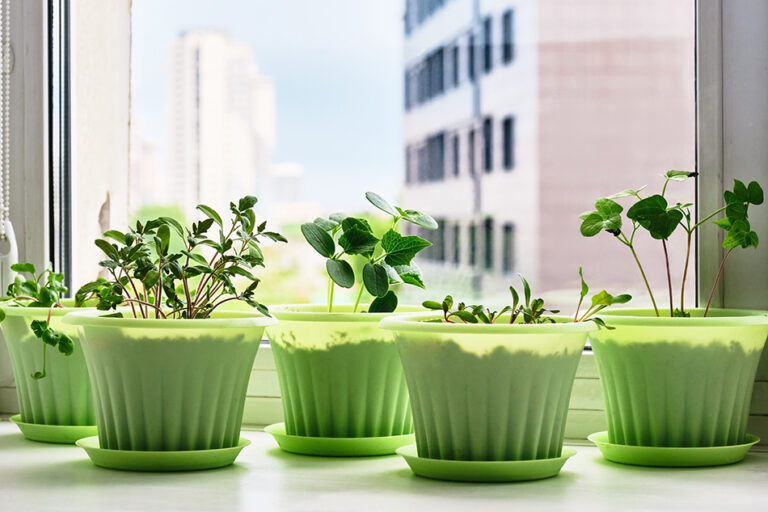Consumers often buy plastic products with the intention of recycling them later down the line, but the truth is that only a very small fraction of the plastic we purchase ever finds its way into a recycling facility. Recycling sounds wonderful in theory – and it can be fantastic in practice, too – but the truth is that recycling is not the solution to the plastic crisis. Below are some shocking facts about plastic recycling around the world.
How Much Plastic is Actually Being Recycled?
We are proud to partner with rePurpose Global, a company focused on helping individuals and companies reduce their plastic footprint, to help reduce the impact of plastic worldwide. A recent blog post published on the rePurpose Global website shows that humanity has produced a staggering 8,000 million tons of plastic since 2015. As if that weren’t shocking enough, roughly 70% of that plastic – or nearly 6,000 million tons of it – was used once and then discarded. This refers to single-use plastic, which encompasses everything from plastic straws to fast food containers to grocery bags. Furthermore, only a measly 6% of all the plastic produced since 2015, amounting to about 500 million tons, has been recycled, and about 9.5%, or 800 million tons, has been incinerated. The remaining plastic – 84.5% of the plastic that mankind has produced since 2015 – is now either in a landfill, in the ocean, or otherwise polluting the environment.
Why Aren’t We Recycling More Plastic?
There are many reasons why so little plastic is recycled in the US and around the world. Some of the biggest reasons include:
- Air pollution. The act of recycling plastic releases volatile organic compounds, better known as VOCs, into the atmosphere. These are particularly dangerous compounds that can cause eye and lung irritation, and they’re also known carcinogens.
- Plastic types. There are several different types of plastics, and not all of them can be recycled. The sheer number of plastic types creates confusion among consumers, which makes them less likely to attempt to recycle their products in the first place.
- Cost and energy efficiency. There’s a lot of energy that goes into recycling plastics. From the truck that picks up your recycling container every week to the machinery used to melt and mold that plastic into new products, the costs involved in plastic recycling can quickly skyrocket. In many cases, and in many places, plastic recycling simply isn’t cost-effective.
Is Recycling Pointless?
With all of this information in mind, it might seem as though recycling plastic is a pointless endeavor – or that it does more harm than good. This is simply not the case. It is always better to recycle plastic when the opportunity for you to do so is there, but the best way to help put an end to the plastic crisis is to stop buying and accepting plastic in the first place. This means saying no to single-use plastics by refusing plastic straws at restaurants, carrying reusable bags to the grocery store, and being mindful of the packaging used on everyday goods. In today’s world, being completely plastic-free is all but impossible, but it is absolutely possible to minimize your plastic usage and waste by making wise purchases and recycling as much as you possibly can.
If you want to do your part to reduce plastic consumption around the world but you aren’t sure where to start, WooBamboo offers an eco-friendly line of oral care essentials that are sustainably made and packaged. We supply everything you and your family (including your pets!) might need to maintain a healthy, happy smile, and each purchase helps us do our part to remove plastic from the environment.






